Do you have internal systems that never interact with each other in your organization? Is your organization experiencing significant delays or bottlenecks that continually impact financial performance? As a result of inefficiencies, companies lose over 20% of their revenue every year. Yet many organizations need to improve their efficiency despite this loss in the process flow. Swimlane flowcharts can help eliminate redundancies, bottlenecks, and inefficient organizational processes. In addition to simplifying processes, it will help you identify areas for improvement.
Let's learn about Swimlane diagrams in-depth.
In this article
-
What is a Swimlane Diagram
- Attributes and Elements of a Swimlane Diagram
- Purpose and Benefits of a Swimlane Diagram
- How to Create a Swimlane Diagram
-
Popular Swimlane Diagram Templates
What is a Swimlane Diagram
Swimlane diagrams are flowcharts that depict a process from start to finish. Moreover, these diagrams style allows people to see their responsibilities within an organization efficiently instead of merely documenting the steps in the process.
The following examples will assist you in understanding when to use a swim lane diagram:
1.1 Workflow Modeling for Sales
Swim lane diagrams are excellent tools for modeling sales workflows. Through this diagram, marketers can identify the qualifying leads.
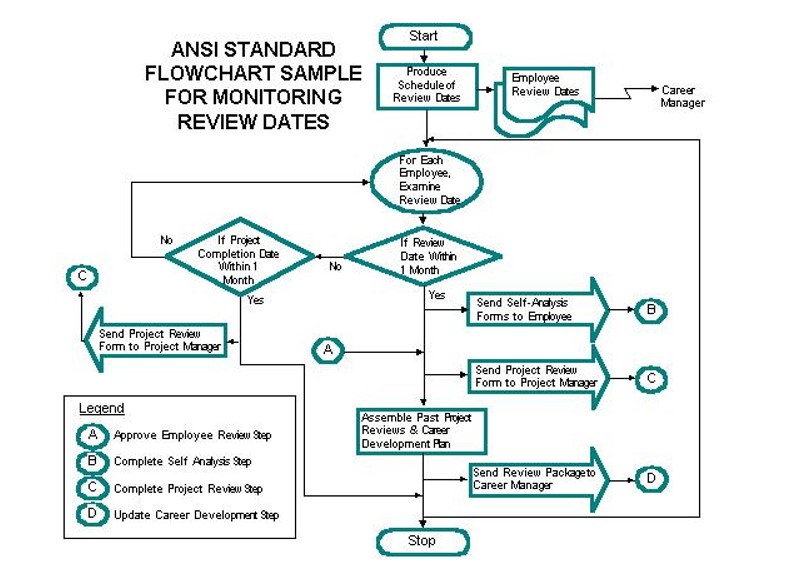
1.2 The Onboarding Process for New Employees
Human resources staff can use swim lane diagrams to understand employee responsibilities during onboarding better.
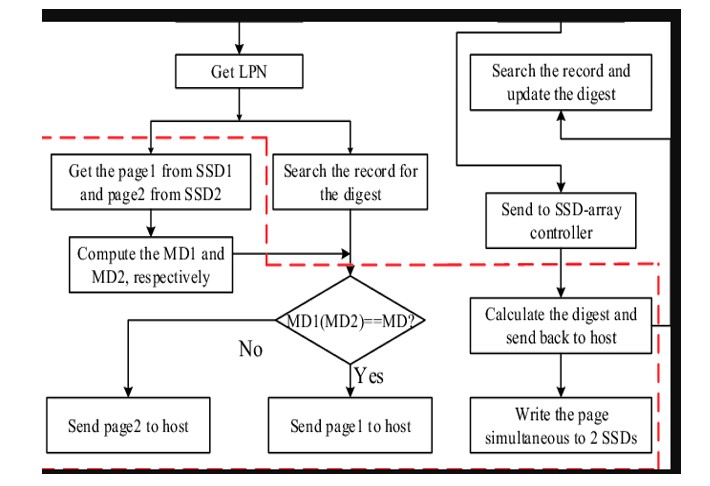
1.3 Workflows for Internal Auditing
Using swim lane diagrams can help clarify who must be involved at each stage of the audit process. It is best for stakeholders and management teams.
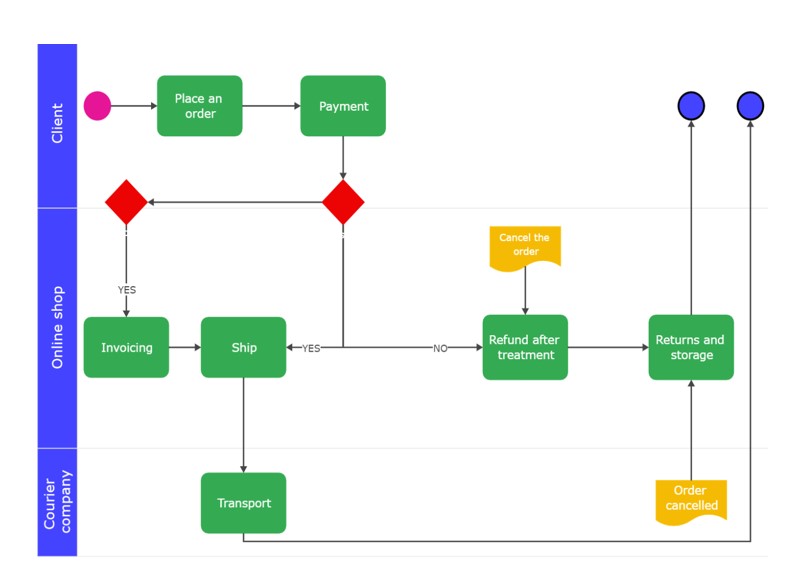
1.4 Payable Processes
Swim lane diagrams can give a clear breakdown of the steps in the procedure and identify who is in charge. It is best to access the company's financial health.
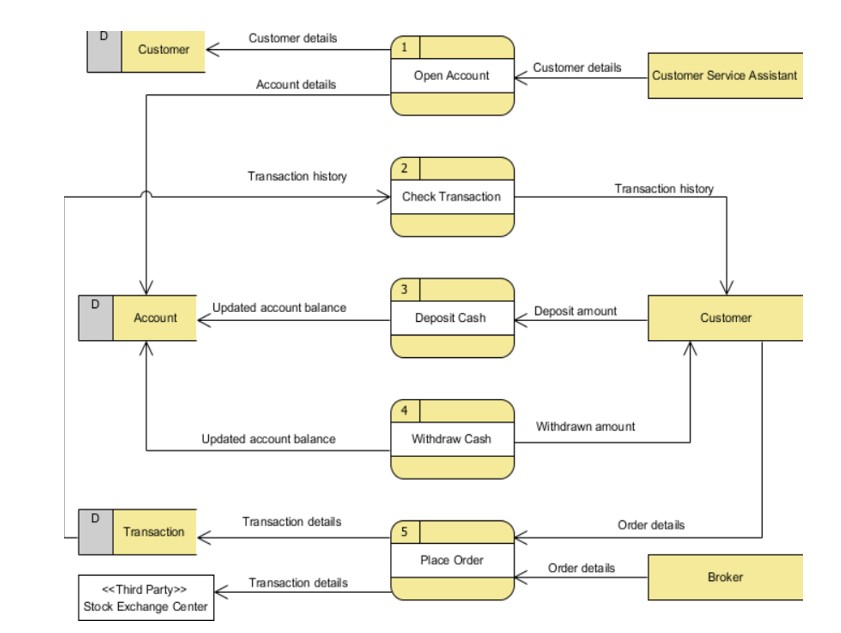
1.5 Credit Card Approval Process
Swimlane flowchart of credit card approval process, where a lane represents each activity that each person or entity is responsible for in the process.
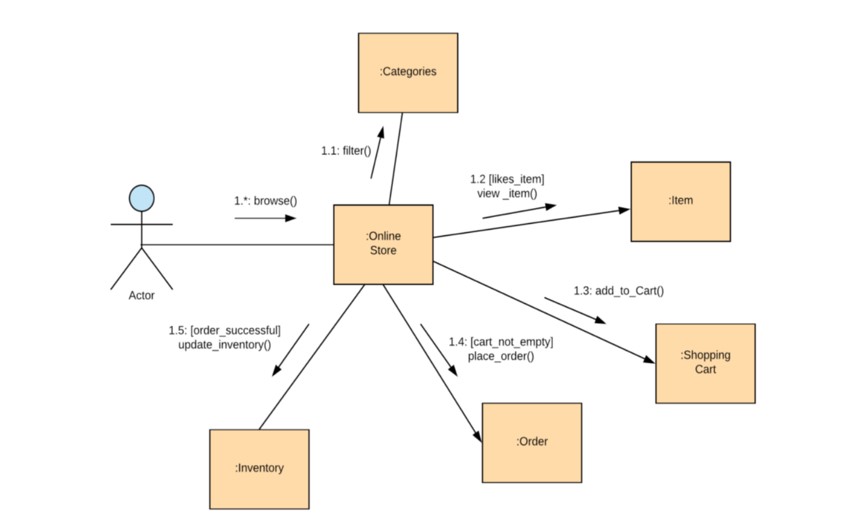
Attributes and Elements of a Swimlane Diagram
The processes in Swimlane diagrams are grouped in lanes instead of standard flowcharts. Each lane is labeled by the participant responsible for that part. The steps of the process are outlined in their respective streets. It is clear from the interconnected actions between lanes that the different actors interact to keep a process moving smoothly. Standard symbols make it easy to connect related lanes when designing Swimlane diagrams with complex relationships.
Purpose and benefits of a Swimlane diagram
Swimlane process maps have several advantages for business organizations compared to other workflow charts. Here are some significant benefits and purposes of Swimlane flowcharts:
- This can help ensure that everyone in an organization is on the same page.
- With a diagram, you can identify bottlenecks, waste, and other inefficiencies and highlight redundancies between lanes.
- It can be used to identify process delays or capacity constraints within a swim lane so that they can be addressed and resolved.
- Swimlane Diagrams can be used to model different ways of structuring a process or to account for changing circumstances, such as staffing changes.
- Swimlane Diagrams can convey information more clearly than narrative descriptions.
- A Swimlane diagram can help integrate processes between teams or departments, resulting in cleaner processes over time.
How to Create a Swimlane Diagram
Swimlane diagrams require a lot of planning before grabbing the chart paper for the actual drawing. The following points should be kept in mind before and while preparing a Swimlane Diagram:

EdrawMax is a powerful, all-in-one, and yet easy-to-use diagramming tool that enables users to visualize the ideas effortlessly.
EdrawMax provides beginners and pros the cutting-edge functionalities to build professional-looking diagrams easier, faster, and cheaper! It allows you to create more than 280 types of diagrams and should be an excellent Visio alternative.
Step1Identify your goals
Whatever you do, setting clear expectations and knowing your goals are crucial. Making a diagram with this in mind will help you understand its purpose and guide you accordingly.
Step2Detailed breakdown
Breaking down your plan will help you understand it better. Furthermore, detailed pieces of the process make it easier to organize information into groups on the diagram.
Step3You need to identify the lanes
The first thing you need to do is choose which direction you want your swim lanes to flow. Once you have that figured out, list the different lane categories, such as participants, departments, or workgroups. Later on, you can just rotate your lines if you change your mind.
Step4Create a process list
Next, add the sequential process steps to the appropriate swim lanes using standard flowchart symbols. Include the connections between the different lanes, as well as the deadlines and who is responsible for what.
Step5Examine your diagram
Record your process as it is, but keep an eye out for gaps, duplications, bottlenecks, and other problems. Whenever you're explaining process steps that could potentially improve efficiency and quality in a Swimlane diagram, go into as much detail as possible.
Step6Engage your team
In the end, ensure that all relevant stakeholders and team members are on board with your diagram. It is especially useful at this stage because other team members can help you identify any stages that you may have missed. Make sure you share any changes you make to your original diagram with everyone and, if necessary, explain your changes so people can provide feedback.
Step7Share and Use a diagram
The Swimlane diagram is complete. You can use it internally or with external analysts to communicate responsibilities, standardize training processes, and discover inefficiencies. The process of drawing the swim lane process map may take a lot of time and attention. Wouldn't it be great if we had templates for workflow diagrams? In order to streamline your business processes, EdrawMax provides you with a solution to all your workflow chart problems.
It is an easy-to-use tool with in-built templates. Therefore, you just pick the template of your choice and edit it. In addition, EdrawMax is now offering a free trial. Go and check the deal!
Popular Swimlane Diagram Templates
The following are some of our most popular Swimlane diagram templates from EdrawMax:
Example 1: Cross-Functional Flowchart Example
A cross-functional flowchart shows who performs what and when in a grid-like figure. The flowchart demonstrates the relationships between functions (such as stakeholders or departments) and phases (such as milestones) throughout the process.
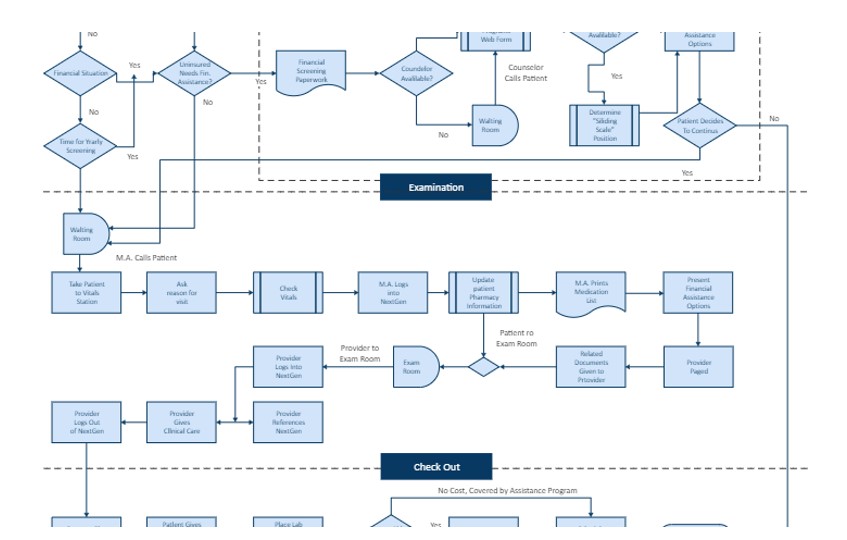
Example 2: Project Roadmap Example
A Swimlane roadmap shows the major stages of a product outcome, beginning with evaluation, research, and deliverables. There are four important areas to consider: proposed, scheduled, in progress, and completed.

Example 3: Employee Recruitment Process
This swim lane process map sample illustrates the hiring process workflow. Recruiting is the process of attracting, screening, selecting, and onboarding qualified candidates.
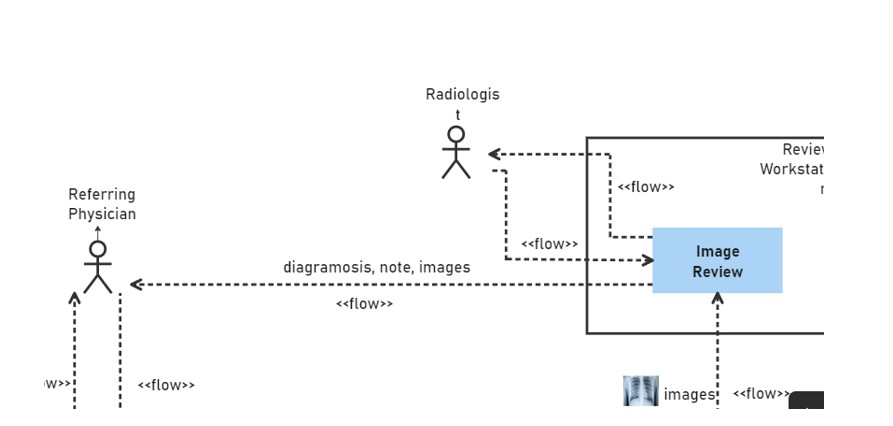
Example 4: Date Engineering BPMN
A Swimlane in BPMN represents the parts of a process carried out by different roles or people. This data engineering business process model and notation model is divided into three categories.

Example 5: MNO Onboarding Swimlane Diagram
This is a Swimlane diagram for MNO Onboarding. A Swimlane diagram is also known as a cross-functional flowchart, which is widely used in companies to visualize the workflow between departments.
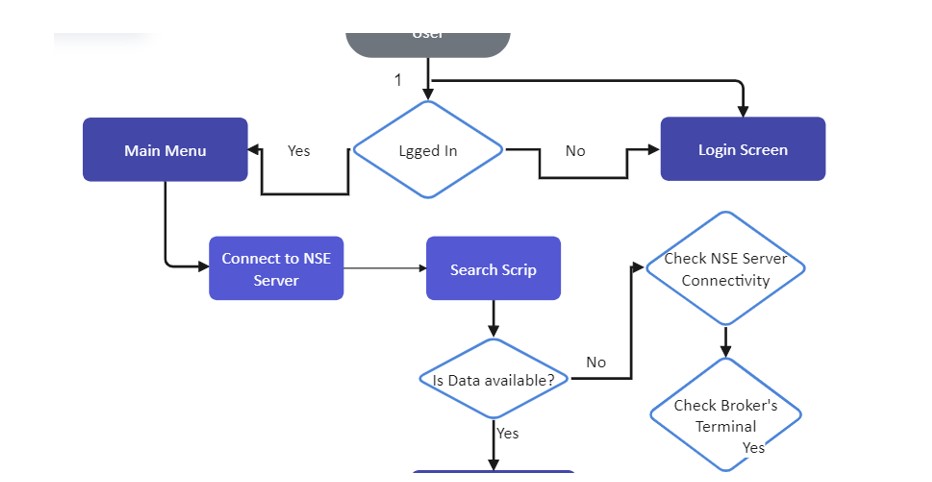
Conclusion
The Swimlane flowchart represents the steps of a process graphically. The process is broken down into sections to illustrate how information flows between different people or departments. The Swimlane flowchart makes it easy to track team performance and identify issues that may arise due to a lack of communication. With EdrawMax, you can create swim lane flowcharts to improve team communication in your organization.
EdrawMax is the versatile diagram software that integrates 100% functionality and libraries of all other drawing products.





